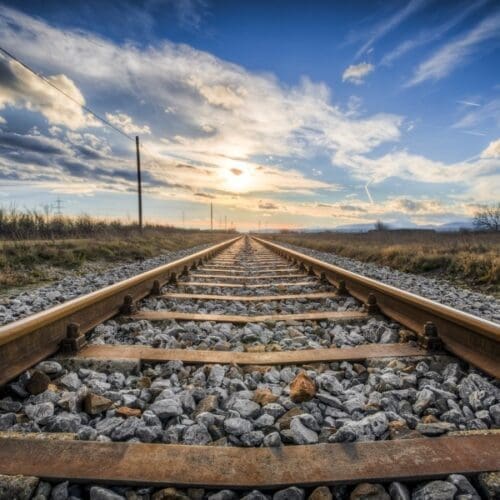Global Vantage: Infrastructure investment seeks to help secure the USA’s future connectivity
June 2024Recent infrastructure investment, coupled with the American High-Speed Rail Act Bill introduced in March 2024[1], seek to create high-speed rail networks and increase resilience and connectivity across the US.
Legal landscape
President Biden’s ‘Investing in America’ Agenda saw the Infrastructure Investment and Jobs Act in 2021, the Creating Helpful Incentives to Produce Semiconductors and Science (“CHIPS”) Act in 2022 and the Inflation Reduction Act of 2022. The former represented a significant boost to longer-term investment and action to correct deficiencies or deterioration in roads, railroads, bridges, and water infrastructure amongst other things. The Inflation Reduction Act created funding and incentives for clean and reliable energy. As a result, there were anecdotal reports of European clean energy manufacturing companies exploring setting up US facilities to raise their international profiles and leverage available tax credits.
This legislation was positioned to rebuild the US’s domestic position and strengthen supply chains for future competitiveness and resilience; to build a cleaner and reliable energy system; and safeguard the investments to create a fair/inclusive and efficient economy.
American High-Speed Rail Act Bill
This Bill aims to further modernise transportation connections and stations. An investment exceeding $205 billion over the next five years is proposed with the main aim of establishing a robust infrastructure network of high-speed and high-capacity trains across the US. By comparison, the federal government’s total infrastructure and transportation spend reportedly amounted to roughly $126 billion in 2023. Approximately 22% ($28 billion) was spent on railroads; a c.$10 billion increase on 2019 spend[2]. Others hope that such investment will cascade or act as a catalyst for other regional projects.
The Bill aims to amend existing law and to provide for high-speed rail corridor development and other connected purposes. Some of the key projects reportedly include Texas Central’s connection between Dallas and Houston in 90 minutes[3] (hailed as a vast improvement to the current drive time of over four hours!). Other routes could connect San Francisco to Los Angeles and Las Vegas to Los Angeles.
Commentary
The Bill has been welcomed by construction professionals and industry/trade groups, such as the High-Speed Rail Alliance, for various reasons. For some it represents a move towards more environmentally friendly and sustainable, innovative, and efficient technology solutions. More broadly, Congressman Moulton emphasised the Bill’s importance, confirming that “High-speed rail is faster, cleaner, safer, and better for our economy. It will connect people to more jobs in new places, give Americans freedom and choice in how they travel, and put us on par with the rest of the world…”[4]. Some local commentators have observed the prospects for energy security and promotion of industries (such as steel production and other manufacturing), national security, and exports. Other potential developments or benefits referenced include the further creation of comprehensive, performance-based safety standards and regulations for high-speed rail, also seen as crucial to reducing planning and project costs and construction delays.
As at late May 2024 the Bill was showing as being ‘Introduced’ to Congress and Referred to the Subcommittee on Railroads, Pipelines, and Hazardous Materials[5]. However, to become law it must be considered by the committee and complete all processes, including passing in both the House and Senate and a referral to the President for signature. Despite some initial support, local commentators anticipate that a divided Congress is unlikely to pass the Bill into law given the lack of consensus on high-speed rail as a priority. Nonetheless this discussion reflects growing enthusiasm for investment in such projects akin to that witnessed within Europe and Asia. It is therefore certainly one to watch given the political discussions currently happening within the US and in the run up to early November.
[1] Cosponsors – H.R.7600 – 118th Congress (2023-2024): American High-Speed Rail Act | Congress.gov | Library of Congress
[2] $205B American High-Speed Rail Act Introduced | High Speed Rail Alliance (hsrail.org)
[3] The Project – Texas Central
[4] Moulton, DelBene Introduce the American High-Speed Rail Act | Congressman Seth Moulton (house.gov)
[5] Tracker status – H.R.7600 – 118th Congress (2023-2024): American High-Speed Rail Act | Congress.gov | Library of Congress
Download PDF







